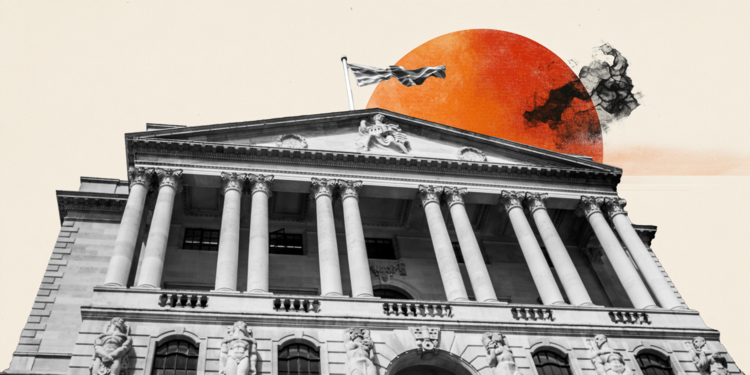- The USD/BRL falls to a minimum of three days in 5,6616.
- Weekly applications for unemployment subsidy of the United States fell to 228,000 in the week that ended on May 3.
- The Central Bank of Brazil increased 50 basic points interest rates, fulfilling market expectations.
- The president of States, United Donald Trump, recognizes advances in conversations with his business partners.
- The operators will be attentive tomorrow to the IPCA inflation of Brazil corresponding to the month of April.
The Brazilian real wins traction today reaching maximums not seen since May 5, ending with a streak of three consecutive sessions with losses.
The USD/BRL operates when writing about 5,6769, losing 1.18% today.
Donald Trump announces advances in negotiations with their business partners
Based on information submitted by the United States Department of Labor, the weekly applications for unemployment subsidy fell to 228,000 for the week that ended on May 3, standing below the estimated 230,000 and the 241,000 registered in the previous week.
Donald Trump stood out today that there is great advance in commercial relations with the United Kingdom. Reaching the objective of reducing non -tariff barriers, leading to the creation of an aluminum and steel trade zone, as well as a safe pharmaceutical supply chain. Similarly, he announced that he will hold a conversation over the weekend with senior officials from China, in order to reach a tariff agreement.
On the other hand, the Central Bank of Brazil, increased its interest rates at 50 basic points, placing the reference rate by 14.75%, thus fulfilling the expectations of analysts.
Investors will set their attention tomorrow at the IPCA inflation in Brazil, which registered an increase of 0.56% in March.
USD/BRL Price levels
The USD/BRL formed a short -term resistance given by the maximum of May 7 in 5,7629. The next key resistance is observed in 5,9525, maximum of April 10. Down, the key support is located in 5,595, pivot point of April 3.
US dollar FAQS
The US dollar (USD) is the official currency of the United States of America, and the “de facto” currency of a significant number of other countries where it is in circulation along with local tickets. According to data from 2022, it is the most negotiated currency in the world, with more than 88% of all global currency change operations, which is equivalent to an average of 6.6 billion dollars in daily transactions. After World War II, the USD took over the pound sterling as a world reserve currency.
The most important individual factor that influences the value of the US dollar is monetary policy, which is determined by the Federal Reserve (FED). The Fed has two mandates: to achieve price stability (control inflation) and promote full employment. Its main tool to achieve these two objectives is to adjust interest rates. When prices rise too quickly and inflation exceeds the 2% objective set by the Fed, it rises the types, which favors the price of the dollar. When inflation falls below 2% or the unemployment rate is too high, the Fed can lower interest rates, which weighs on the dollar.
In extreme situations, the Federal Reserve can also print more dollars and promulgate quantitative flexibility (QE). The QE is the process by which the Fed substantially increases the flow of credit in a stuck financial system. It is an unconventional policy measure that is used when the credit has been exhausted because banks do not lend each other (for fear of the default of the counterparts). It is the last resort when it is unlikely that a simple decrease in interest rates will achieve the necessary result. It was the weapon chosen by the Fed to combat the contraction of the credit that occurred during the great financial crisis of 2008. It is that the Fed prints more dollars and uses them to buy bonds of the US government, mainly of financial institutions. Which usually leads to a weakening of the US dollar.
The quantitative hardening (QT) is the reverse process for which the Federal Reserve stops buying bonds from financial institutions and does not reinvote the capital of the wallet values that overcome in new purchases. It is usually positive for the US dollar.
Source: Fx Street
I am Joshua Winder, a senior-level journalist and editor at World Stock Market. I specialize in covering news related to the stock market and economic trends. With more than 8 years of experience in this field, I have become an expert in financial reporting.







